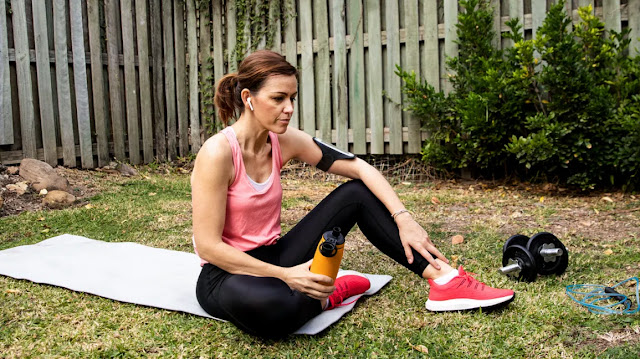How to Flip a House for Seniors: A Beginner's Guide
If you're a senior who has recently retired or is about to retire, you might be looking for ways to supplement your income after you stop working. Flipping houses can be a valuable way to supplement your income while also providing you with an interesting project to keep you busy. Because real estate transactions of any kind involve a significant investment, you should plan carefully when embarking on this type of project to reduce the risk of monetary losses. Continue reading for some house flipping best practices.
XEM THÊM :
Bật mí cách chơi bài cào luôn thắng mà tân binh cần biết
Find the ideal property
Think strategically when choosing a property. You want to make sure you can sell the fixer-upper once it's finished, so think about your potential buyers. The location is crucial. For example, if you intend to flip a large family home, being in a good school district is a significant advantage. Other factors to consider, according to Rehab Financial, are the property's physical characteristics, including the repairs required. Kitchen remodeling, for example, is less difficult than foundation repair.
Make a budget.
When looking for real estate, remember the 70 percent rule, which states that you should aim to buy a property at 70% of its estimated after-repair value, minus renovation costs. To determine your spending limit, you must first determine how much you will need to invest in the house to flip it and make it habitable. A general contractor can give you an estimate for necessary repairs to get you started.
Prepare for the entire transaction.
You probably don't want to spend all of your retirement savings on a real estate venture, so you'll have to take out a home loan to purchase the property you'll flip. Prepare the documents required to obtain a mortgage, such as income tax returns, bank statements, and any other proof of income. Preapproval for a mortgage can help to speed up the process. Consider making a down payment of at least 20% to avoid the cost of additional fees.
Make necessary repairs and value-added upgrades.
Once you've acquired your property, you can begin flipping it. Begin with the necessary repairs and renovations that affect the house's livability, such as a leaky roof and broken windows. These large-scale projects can benefit from the services of a general contractor. Then, add value-adding upgrades such as energy-efficient appliances and fresh paint. Installing a range hood, for example, can help improve indoor air quality by venting smoke, grease, and odor from the kitchen.
Improve the visual appeal of the property.
After the major repairs have been completed, it is time to focus on the finishing touches that will make a home more marketable. Improving the flooring and walls is a good place to start. Wallpaper can give any room a timeless and elegant appearance. Consider peel-and-stick wallpaper for an easy-to-use and customizable option. It's easy to use and adjust, and you can create custom designs and have them printed on demand, so you won't have to worry about your preferred design being out of stock.
Understand how to market the space once it is completed.
When you've finished preparing the house for sale, it's time to sell it. Put some effort into staging the property to make it as appealing to potential buyers as possible. For example, putting some flower pots out front can improve curb appeal, which is the first impression visitors have of the property. Then comes the marketing phase. Houzeo recommends listing the house on FSBO (for sale by owner) websites, using yard signs, and leveraging social media to reach buyers.
Flipping houses can be a rewarding and profitable way for seniors to stay busy in retirement. However, real estate investments are fraught with financial risks, so do your homework and plan carefully. The above guide can be useful.
READ ARTICLES:




Comments
Post a Comment